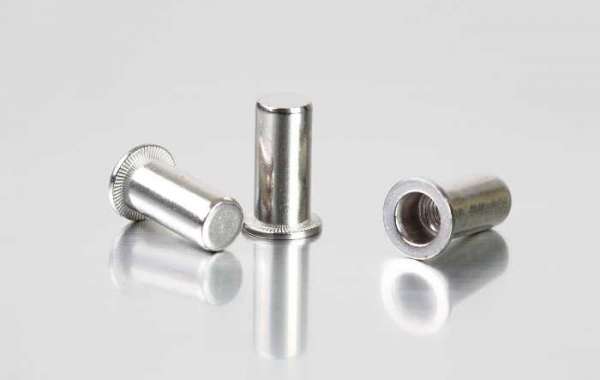There are many types of rivet nuts, including countersunk head rivet nut, and countersunk head rivet nut can be divided into small countersunk head rivet nut and large countersunk head rivet nut. The small countersunk head is suitable for thicker and harder materials, and the large countersunk head is suitable for thinner and softer materials.
The countersunk head rivet nut has a foldable outer shell and an inner shell with internal threads, allowing the installer to place the structural thread in a thin material without reaching the back of the material, thereby threading the nut on the end of the fastener. Special tools are required to install the rivet nut in the material and provide a firm connection in the thin material. Some tools are designed to provide holes for installation, and other tools are designed to collapse the shell of the nut to hold it in place in the material. Using incorrect tools will allow the installed rivet nut to rotate in the mounting hole or be pulled out of the thin material. Both of these conditions lead to a poor connection, requiring the installer to install another rivet nut.
And blind rivet nut is the same, it needs a special tool to install it.








